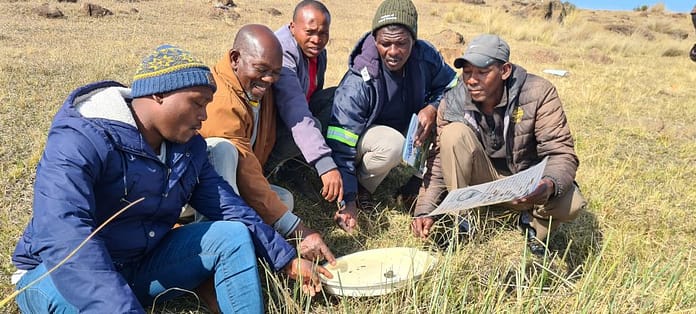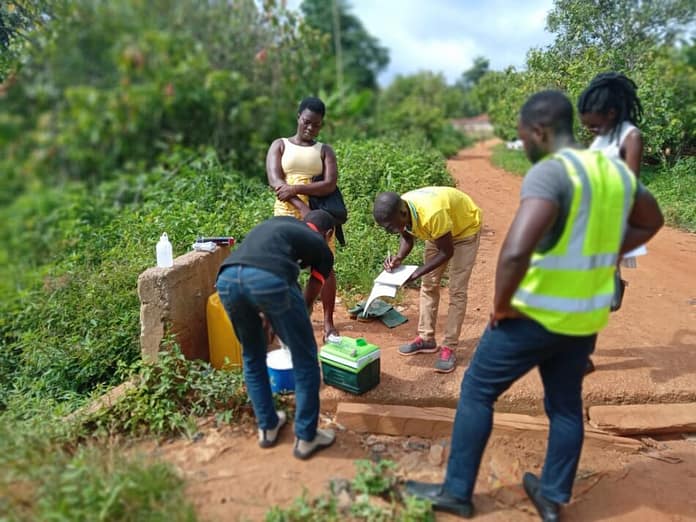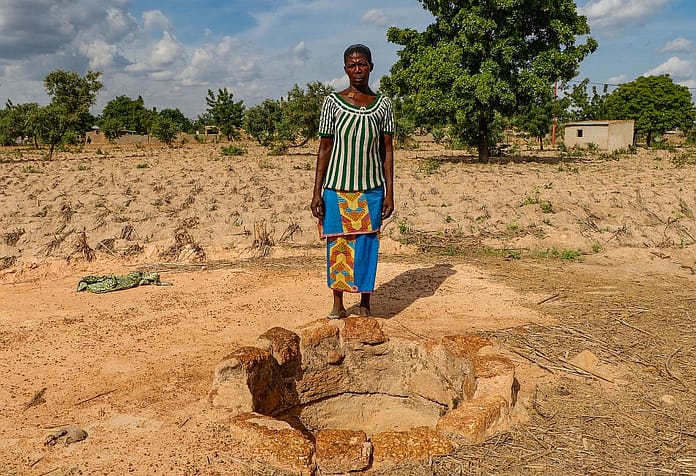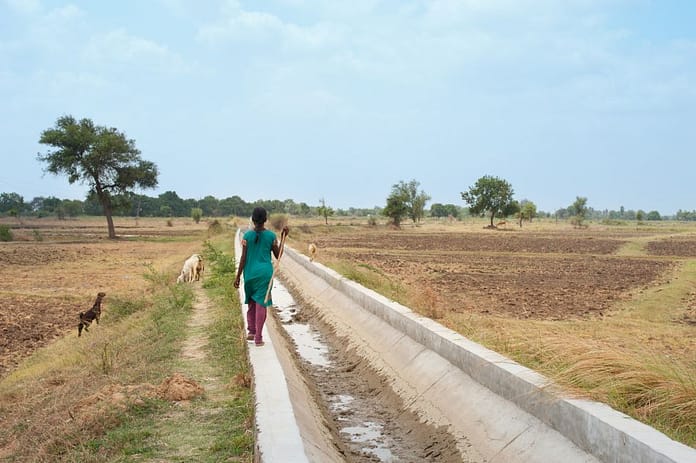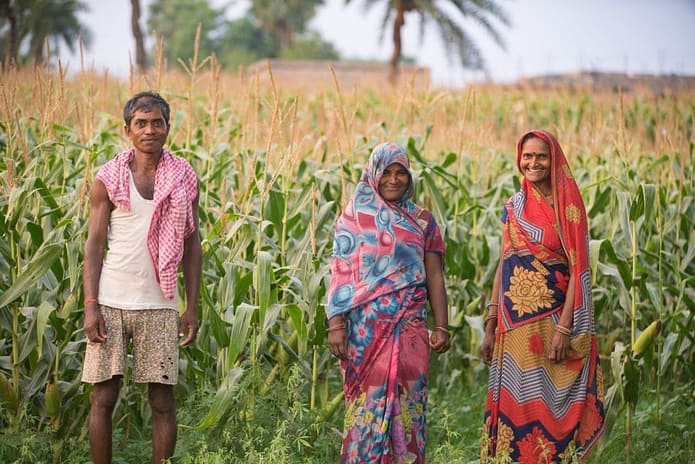
Floods are a growing concern and serious threat in Ethiopia’s Akaki catchment area, causing major damage to property and disrupting lives. Flood early warning systems have been essential in mitigating these risks in the catchment, but challenges remain. There has been limited engagement of communities in the design and implementation of flood early warning systems, which affects the reliability and accessibility of alerts.
To tackle these challenges, a diverse group of volunteer community members, a dedicated team of researchers from the International Water Management Institute (IWMI) and the Addis Ababa University, and experts from the Addis Ababa Water and Sewerage Authority and the Ethiopian Meteorological Institute have tested a novel approach that is integrating citizen science into the formal flood early warning systems to set up a community-based system. The hope is that the system will transform the present challenges into opportunities by ensuring all voices are heard and reshaping the power dynamics on how flood risks are managed.
Understanding power dynamics and institutional capacities
11 community members from diverse backgrounds took on the role of citizens scientist; they actively participated in co-generating knowledge, monitoring flood risks to generate warning information and disseminating vital early warning information — all of which contribute to accurate, reliable and timely data. The tasks of citizen scientists involve data collection using journals and the monitoring of key flood parameters such as water levels of the Akaki river and rain forecasts.
One young female citizen scientist shared her experience: “Previously, we thought that unless the water from the Legedadi dam was released, the Akaki river would not overflow and inundate our area. But when IWMI facilitated our first visit to the Legedadi dam, we observed that the water level was 10 meters below the threshold for release, yet the Akaki river was already full. That was an eye-opener! We learned that the Legedadi dam is not the only factor contributing to heavy flooding in our area.”
Through site visits, trainings, and regular collaborative meetings, the citizen scientists gained a deeper understanding of how factors such as heavy rainfall and dam discharges interact to trigger flooding. The citizen scientists learnt to convert real-time flood data into life-saving alerts. By sharpening their skills in monitoring water levels, estimating runoff from rainfall forecasts, and understanding dam discharges, these community heroes now streamline flood warnings and boost local resilience — all while reducing reliance on external authorities.
A young male citizen scientist echoed this shift in understanding, saying, “By keeping records of flood events, and regularly communicating with dam operators and researchers who would inform us about when water is released from the Legedadi Dam and what the expected magnitude of rainfall from upstream areas would be, we learned that the water released from Legedadi takes more than 24 hours to get to our area. We also estimated that when the Kebena River overflows and meets the released dam water, the flood could arrive even sooner.”
This hands-on involvement of community members not only enhances critical skills such as problem-solving and decision-making but also fosters better communication among all stakeholders involved. As a result, this proactive approach encourages swift action against flood threats at the community level, whether it is protecting agricultural equipment or evacuating families and livestock.
Our action research reveals the remarkable potential of citizen science to transform flood management in the Akaki catchment. By empowering local communities to actively participate in the design and implementation of community-based flood early warning systems, we enhance information sharing and foster a culture of shared responsibility for disaster preparedness.
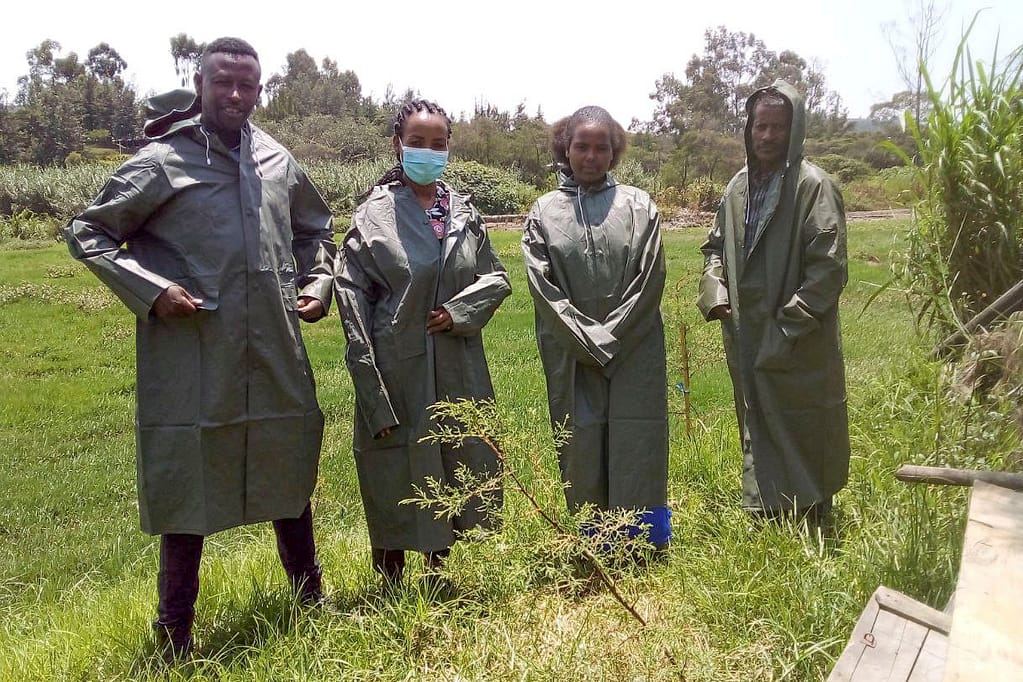
Overcoming challenges to sustain participation and empower communities
While citizen science holds a considerable promise for sustaining long-term engagement of community members in the Akaki flood early warning systems, there are a number of challenges that need to be addressed. An imbalance between the level of commitment of volunteer community members and their direct benefit can result in diminished motivation and participation. Inadequate legal frameworks and policies to support the role of citizen scientists can create ambiguity and restrict their contributions. Last but not least, we find that community diversity is often insufficiently acknowledged. Existing policies tend to view communities as homogeneous, ignoring the varied needs, abilities, and perspectives of individual members. This lack of recognition can hinder effective participation.
IWMI’s investigation confirms that embedding citizen science in flood early warning systems has proven to be a game changer for enhancing the resilience and disaster response of at-risk communities in the Akaki catchment. However, sustainably enhancing community resilience and effectively tackling environmental challenges call for encouraging collaboration between citizen scientists and stakeholders through emphasis on integrating local voices and knowledge in the decision-making process.
By bringing together scientific expertise and local knowledge, it is possible to develop effective and resilient flood management strategies that truly reflect the community’s voice, needs and the experiences of the people they mean to protect. At the same time, this enhances a collective response to environmental risks.
It is crucial to recognize the power dynamics and unique strengths inherent in each community to sustain community participation and cultivate inclusive governance models. It is also necessary to balance the commitments of citizen scientists with the rewards they receive and to accommodate diverse perspectives.


